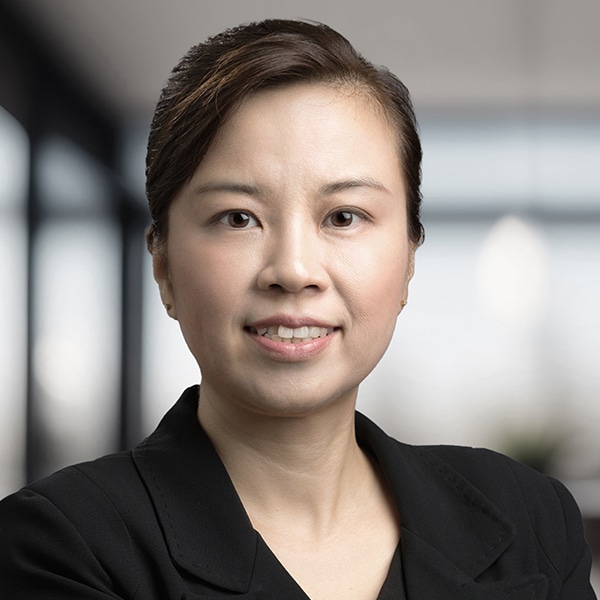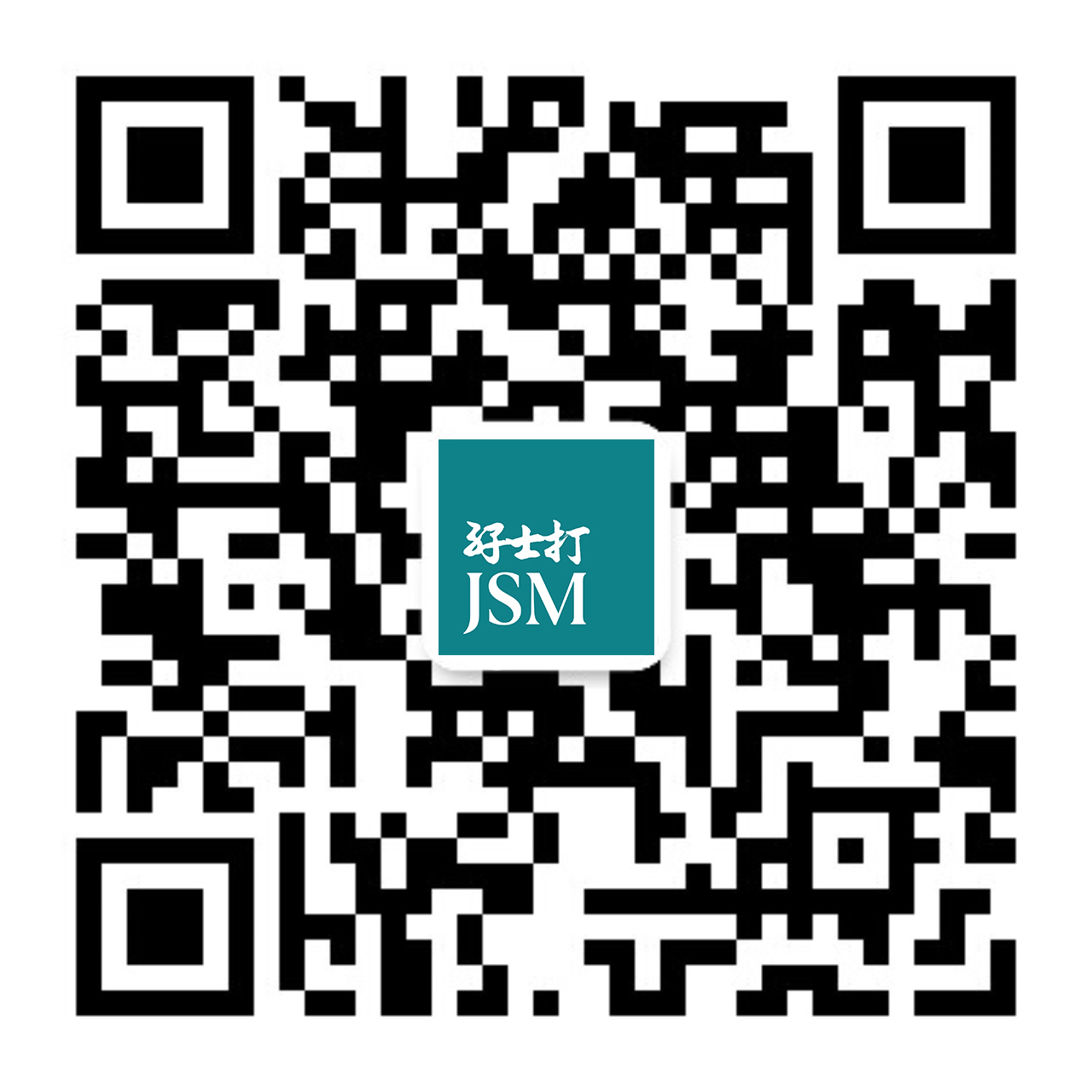From endorsement to implementation: Hong Kong High Court’s Personal Injury Judge formalises “single joint expert” practice
This update follows the High Court’s recent endorsement of single joint experts (“SJEs”) in Chen Muchao v Eagle Sun Engineering Ltd & Anson Engineering Consultant Ltd [2025] HKCFI 2688, where Deputy High Court Judge Andrew Li advocated for the adoption of SJEs in personal injury litigation11.
In the latest development, the High Court’s Personal Injury Judge, Hon Mr Justice Simon Leung, reinforced and operationalised this approach in Tamang Dhirendra v Toko Construction & Machinery Ltd & China Harbour Engineering Co Ltd [2025] HKCFI 2037.
The Court not only endorsed the use of SJEs but also issued a structured framework for their implementation.
Background
The plaintiff, a rebar fixer, claimed to have sustained back injuries while manually transporting a metal rebar at a construction site. The parties agreed on the need for orthopaedic expert evidence but disagreed on whether it should be from an SJE or joint examination by separate experts.
Judge Leung ruled in favour of appointing an SJE, rejecting the plaintiff’s arguments that the injuries were complex or controversial enough to justify separate experts. The Court found that the medical records and imaging did not indicate sufficient complexity and emphasised that speculative dissatisfaction with an SJE’s opinion was not a valid reason to avoid the approach.
Key developments
Judge Leung confirmed that both the High Court and District Court have begun issuing standardised directions for the use of SJEs in personal injury cases.
At paragraph 52, he stated:
“The court in Chen Muchao v Eagle Sun Engineering Limited & Anor [2025] HKCFI 2688… advocated that the court and the legal practitioners should now seriously consider appointing single joint expert instead of separate experts at an early stage of proceedings in personal injuries in the High Court.”
He added that both levels of court “have in fact already started giving directions” since late March 2025.
The judgment also includes a template of directions for appointing SJEs covering timelines, expert selection, joint instructions and compliance protocols.
Important caveats: No presumption of SJE
While the Court strongly encourages the use of SJEs, Judge Leung clarified that this is not a mandatory default. At paragraphs 22–25, he emphasised:
- The DC Protocol (used in the District Court) should not be misunderstood as a default rule in all cases
- The appointment of an SJE is discretionary, based on the specific circumstances of each case
- Parties who genuinely disagree with the use of an SJE are entitled to be heard, and the Court will assess the merits before making a direction
His ruling stated: “Consideration of the appropriateness of appointing a single joint expert does not embark with a default position as a matter of case management.”
“Parties in genuine disagreement… are entitled to expect to be heard. Judgment call is therefore still required.”
Implications for insurers and corporates
This shift has several practical benefits:
Cost efficiency: Reduces duplication of expert fees and associated legal costs
- Streamlined process: Minimises delays caused by conflicting expert opinions
- Neutral evidence: Enhances credibility and objectivity of medical assessments
- Early settlement potential: Facilitates quicker resolution of claims
However, insurers should also be aware that appointing an SJE is not automatic. Where high complexity or controversy exists, parties may still advocate for separate experts – subject to judicial discretion.
Recommended action
- Review claims protocols to incorporate early consideration of an SJE
- Assess each case early to determine whether an SJE is appropriate, especially considering the value and complexity of the claim
- Educate claims teams on the benefits and limitations of the SJE approach
- Monitor litigation costs and timelines, which may improve under this framework
Conclusion
The High Court’s decisions in the Tamang Dhirendra case and Chen Muchao case mark a clear evolution in personal injury litigation.
Yet, while the Court favours SJEs for efficiency and fairness, it remains open to hearing parties who believe their case warrants a different approach. To benefit from this procedural development, insurers and corporate defendants should adapt their strategies accordingly.
- Please refer to our recent legal update: Hong Kong High Court signals shift towards single joint expert in personal injury actions
Related content
Hong Kong court refuses application for anti-suit injunction restraining Cayman Islands winding-up petition
Subscribe
Follow our insights



